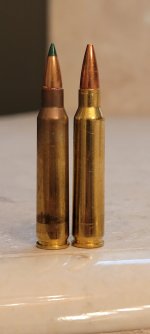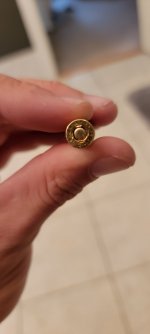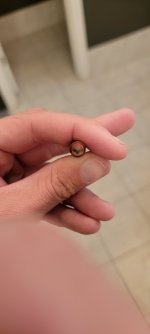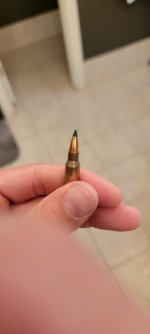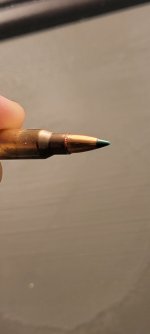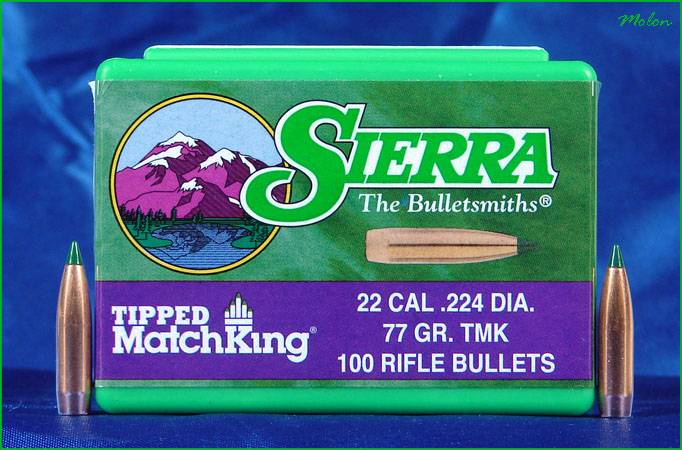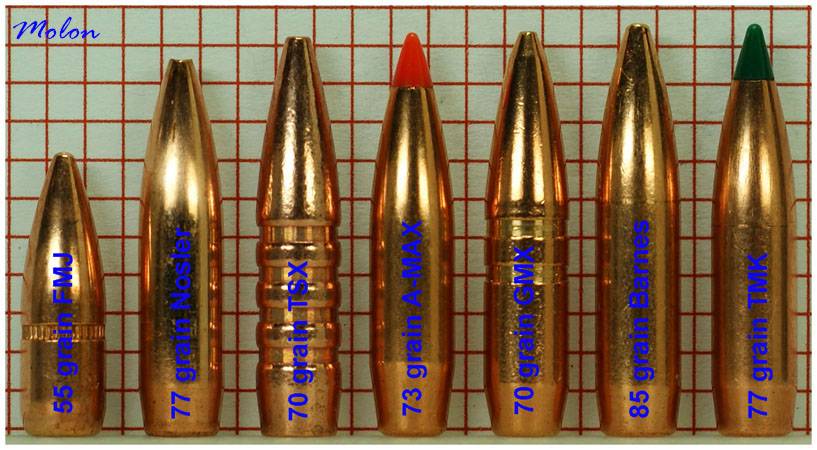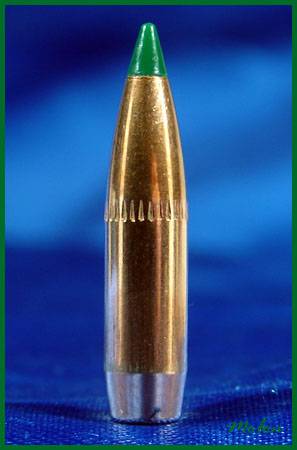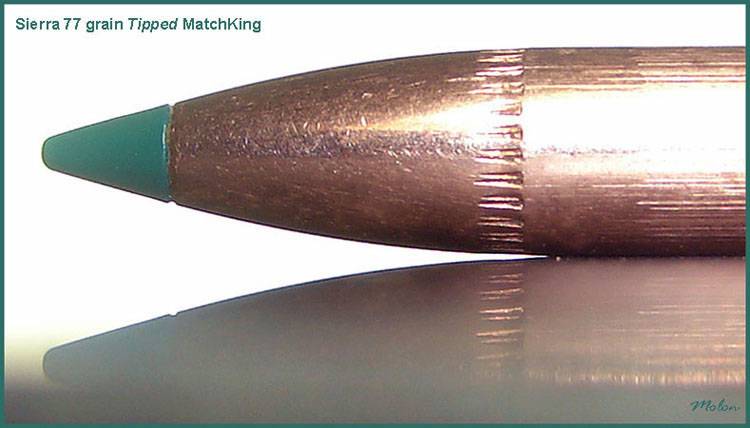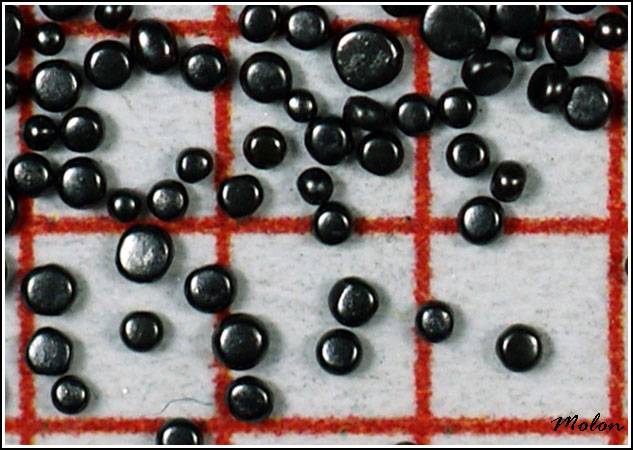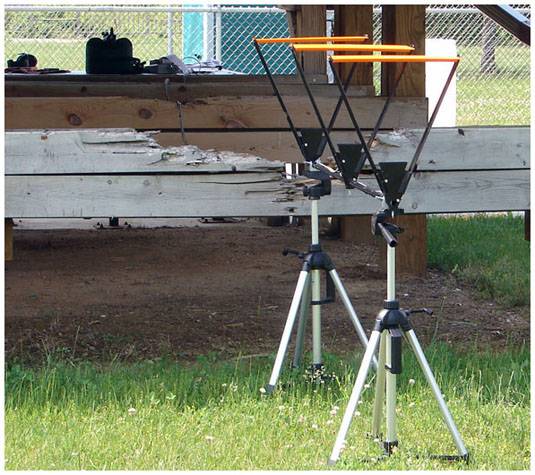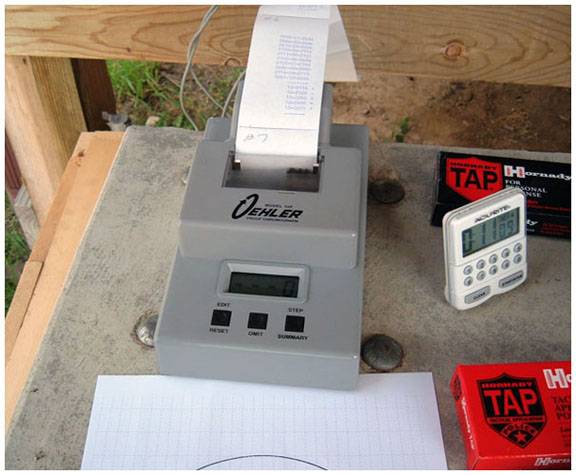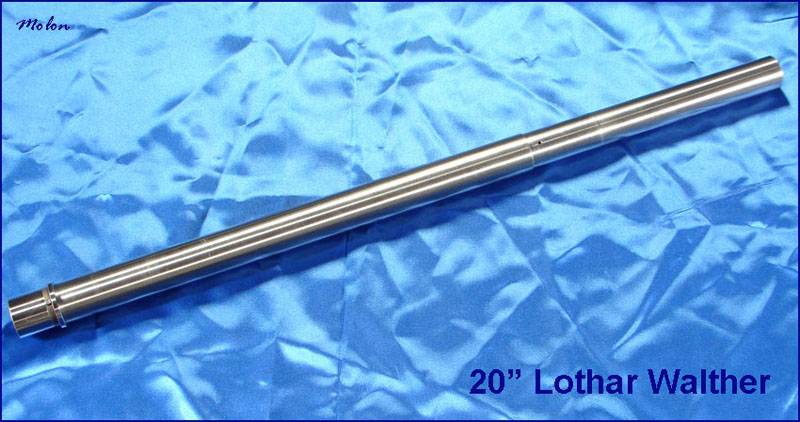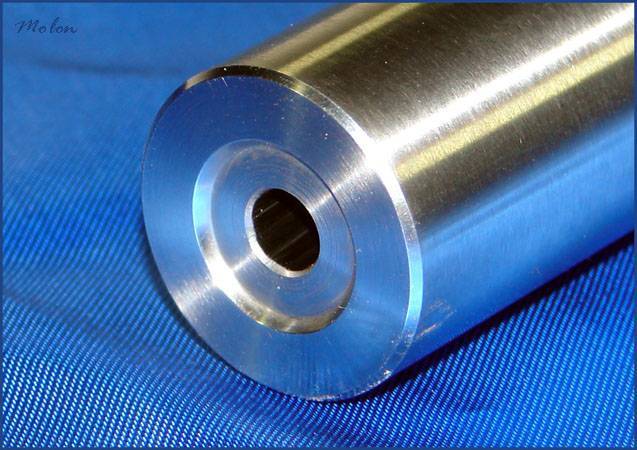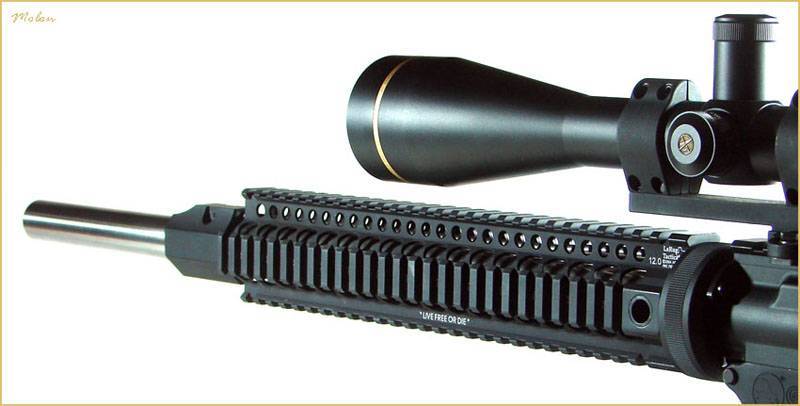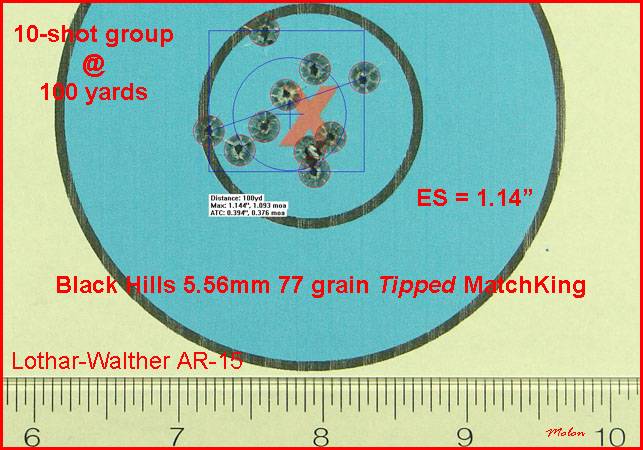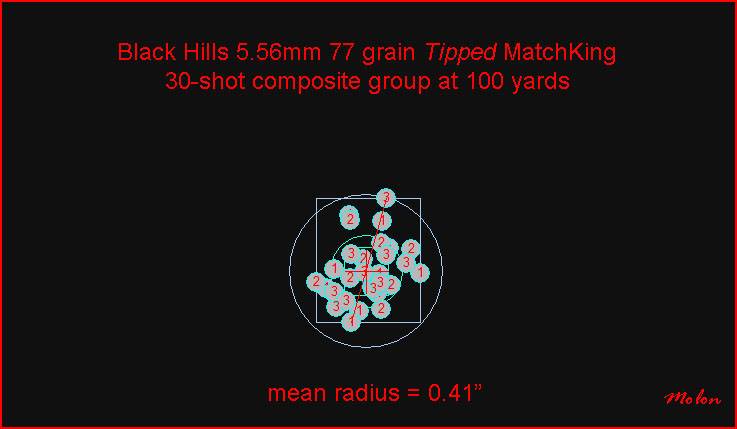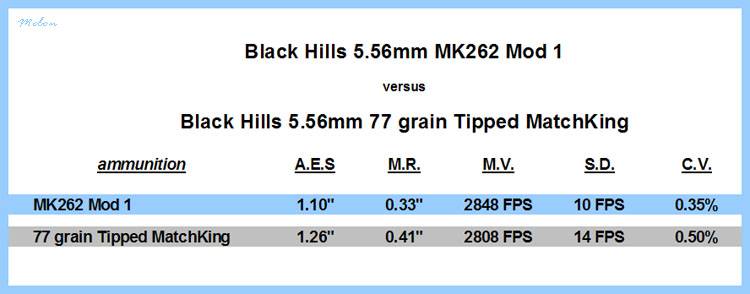Hi, I recently purchased what I was told is Black Hills 77gr TMK. However, a couple of things seem off.
1) The brass is Lake City and not WCC. Has BH ever used LC brass for their 77gr TMK loads?
2) The bullet doesn't seem much longer than my factory Barnes 70gr TSX rounds. Shouldn't the 77gr TMK be a little longer?
Anyone have an idea on if this is real BH 77GR TMK?
I've attached some pictures below.
Thanks for your input!
1) The brass is Lake City and not WCC. Has BH ever used LC brass for their 77gr TMK loads?
2) The bullet doesn't seem much longer than my factory Barnes 70gr TSX rounds. Shouldn't the 77gr TMK be a little longer?
Anyone have an idea on if this is real BH 77GR TMK?
I've attached some pictures below.
Thanks for your input!

